How much is employee turnover cutting into your bottom line? While it might be difficult to change an employee’s mind when they are quitting, you still have a unique opportunity to understand why the person is leaving.
The exit interview process helps you identify potential weak points in your organization. Understanding these issues can help you implement new strategies to increase the satisfaction of your current employees. In the end, you’ll improve retention by addressing these problem areas.
It doesn’t matter if you’ve had a recent increase in employee turnover or are losing a few people here and there. Every HR team can benefit by implementing this exit interview checklist. Follow these best practices for designing an effective exit interview process, and you’ll gain the valuable insights you need to improve employee retention.
Publish a formal policy regarding exit interviews
Exit interviews shouldn’t be optional. If you want managers and administrators to follow your exit interview checklist, it’s important to create a formal policy for offboarding an employee. If someone views the interview as optional, then there’s a high likelihood that they will opt out of it.
Legally, you can’t require employees to participate in an exit interview if they refuse. But you can strongly encourage each person to go through the exit interview process by expressing how important it is for you to understand their experience with your organization.
Assure privacy for every interview
One common reason an employee opts out of the exit interview is that they assume someone will share their responses with the team. Employees are concerned about negative feedback making its way back to managers or coworkers, which could damage business relationships.
Promising confidentiality can be a way to encourage the individual to be open and honest in the conversation. At the beginning of the exit interview process, reassure the employee that the information will remain private.
Schedule face-to-face interviews
You can’t always have a face-to-face conversation with an employee. But an in-person discussion is always the best solution when possible. The goal is to open the door for two-way communication so you can ask additional questions and get in-depth feedback about the person’s experience working for your company.
If you don’t have the chance to sit down with the employee in the office, then reach out to schedule a video conference. Ask useful and appropriate questions to identify the underlying reasons why an employee is leaving the company.
Use digital tools for gathering employee information
Since COVID-19 is making it harder to have in-person meetings, many companies are shifting to digital exit interviews. You can use a template to customize the questions that apply to your industry, embed this form on your website, and share the link with the employee.
This automated method of gathering exit interview information is a powerful way to identify trends. At the same time, analyzing the responses can help you find unique opportunities to improve the workplace and improve retention in the future.
You can use Jotform as part of the information collection process. Employees might feel more comfortable sharing sensitive information through an online exit interview. Create a questionnaire, survey, or exit interview form using any of the templates below:
- Employee exit interview form
- Exit interview form
- Exit interview questionnaire form
- Exit interview checklist
- Exit interview form
- Online exit interview form
The benefit of using Jotform templates is that you can customize these forms to match the nuances of your business. Over time, you can make adjustments to these forms as you identify areas for improvement in your exit interview process.
Create a retention plan to solve common issues
Once you have data from employee exit interviews, it’s time to turn this data into an actionable plan. This information is valuable, which is why you should review it for use in optimizing current systems and practices. For example, the exit interview process can uncover opportunities to improve recruiting strategies, strategic planning, training methods, and management development.
Even though the exit interview is like looking in the rearview mirror, the effectiveness of this process lies in figuring out what you can do to encourage other employees to stay. With the right tools, you can streamline the insights from this feedback to improve work conditions and employee satisfaction. These efforts will not only improve your company culture but will also benefit the bottom line by reducing the cost of employee turnover.
Want the full rundown on the topic? Check out the complete guide we created on human resource management.

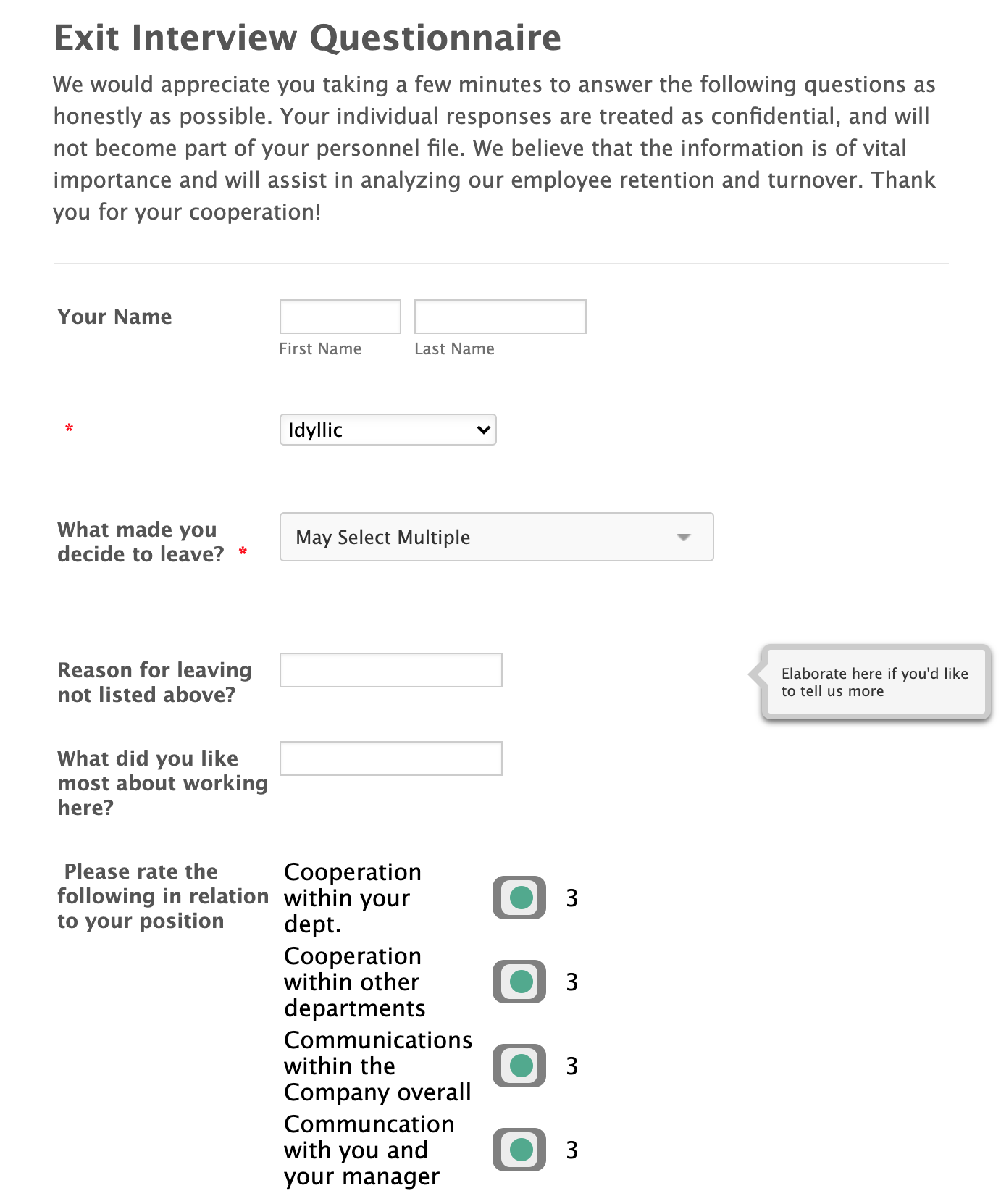
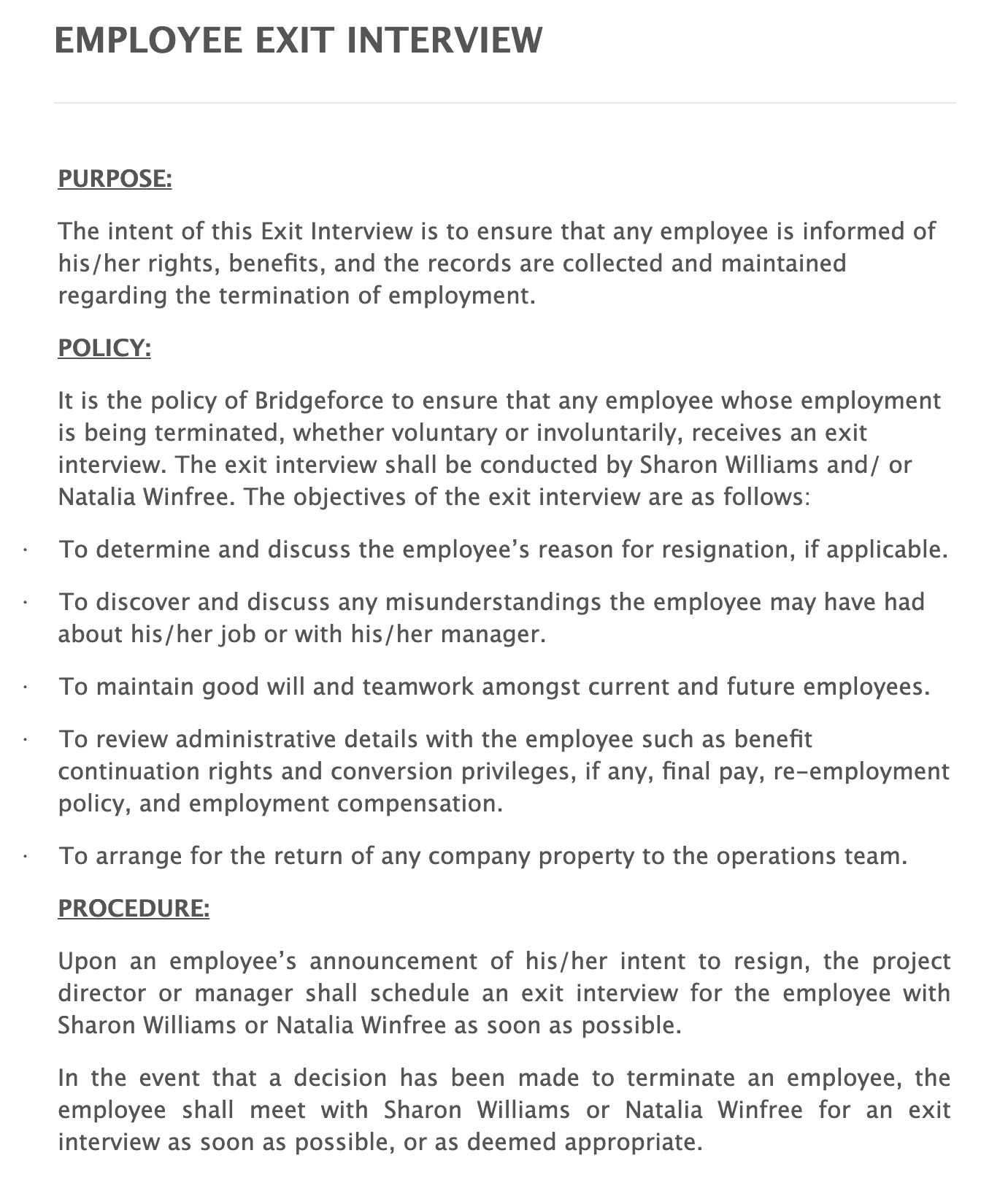
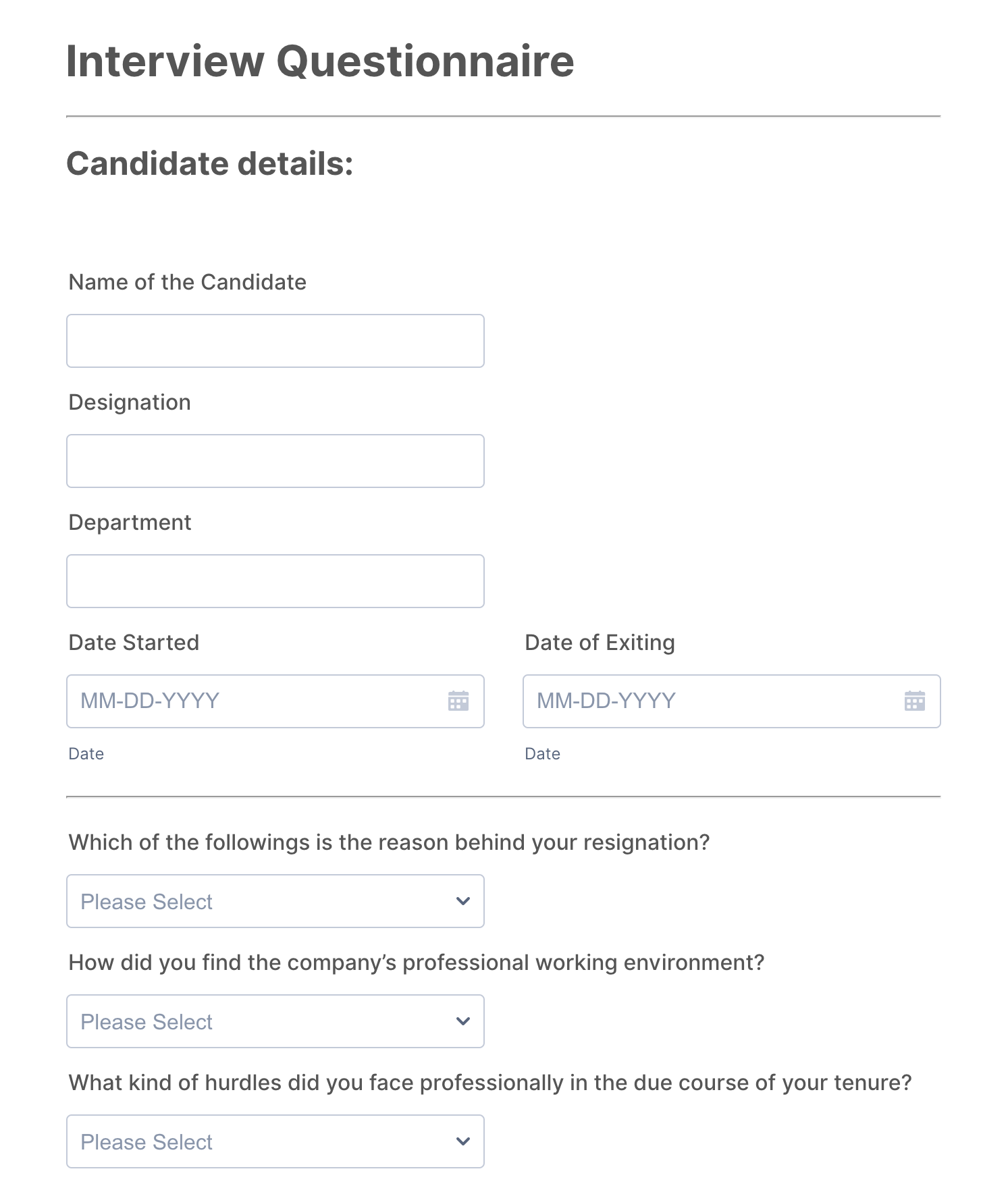
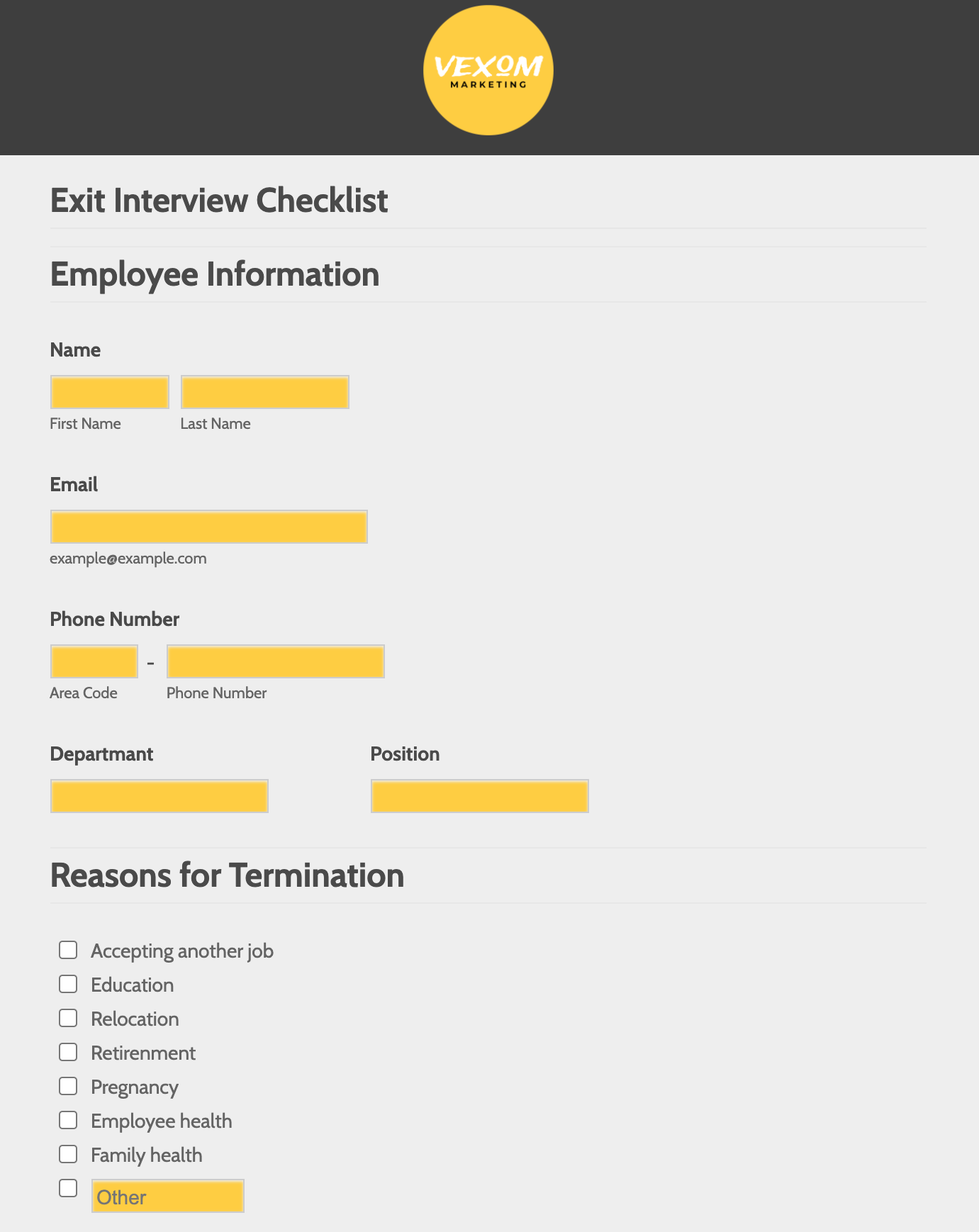



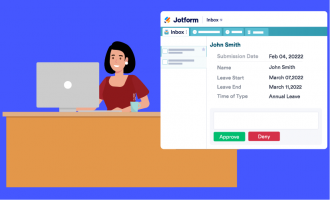





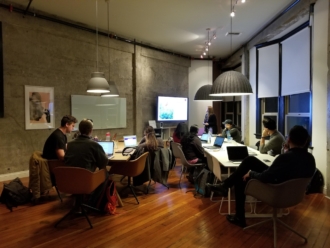



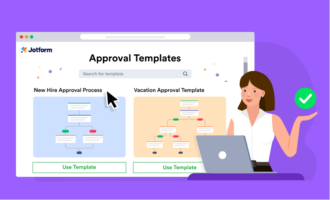




























Send Comment:
1 Comments:
More than a year ago
Very nice